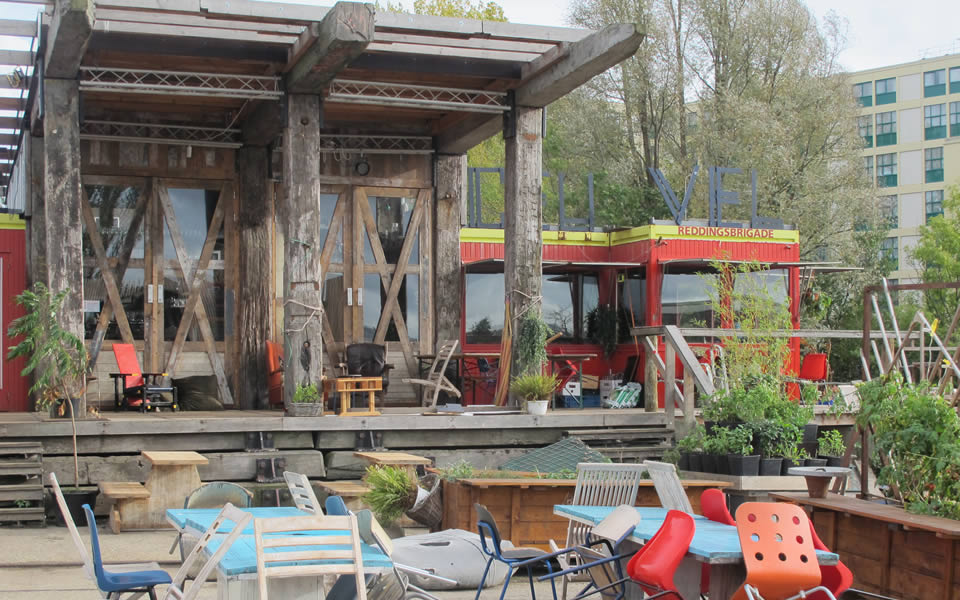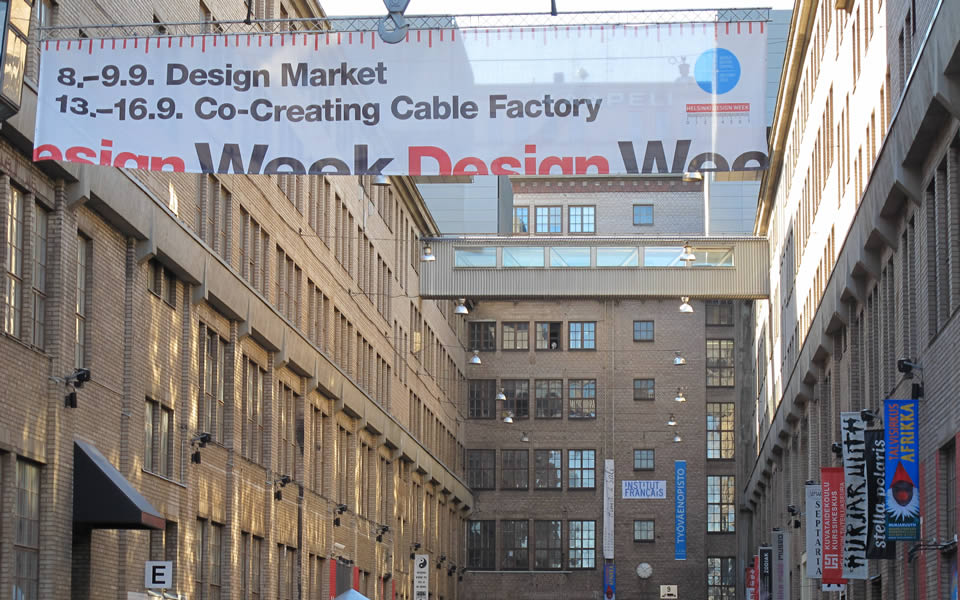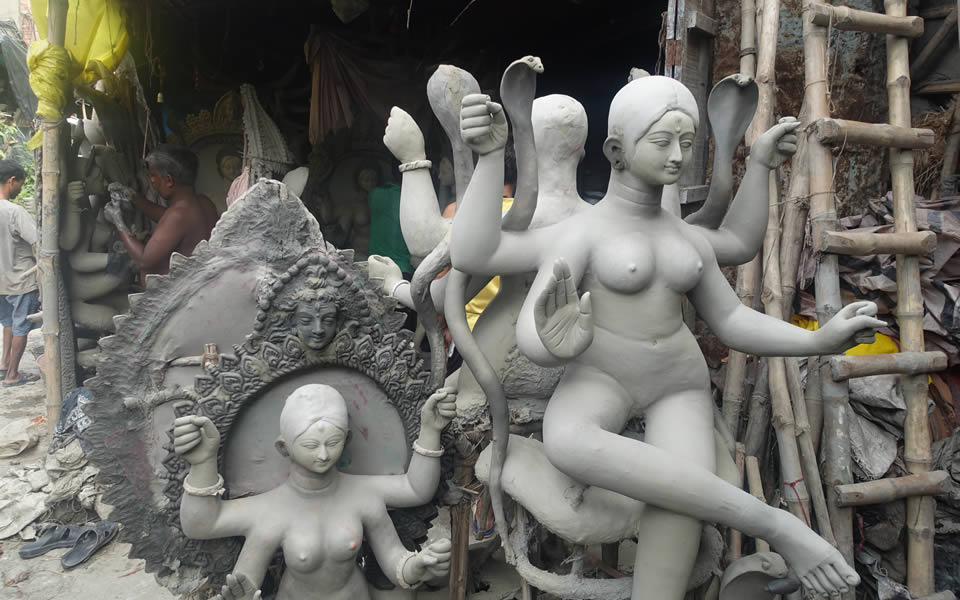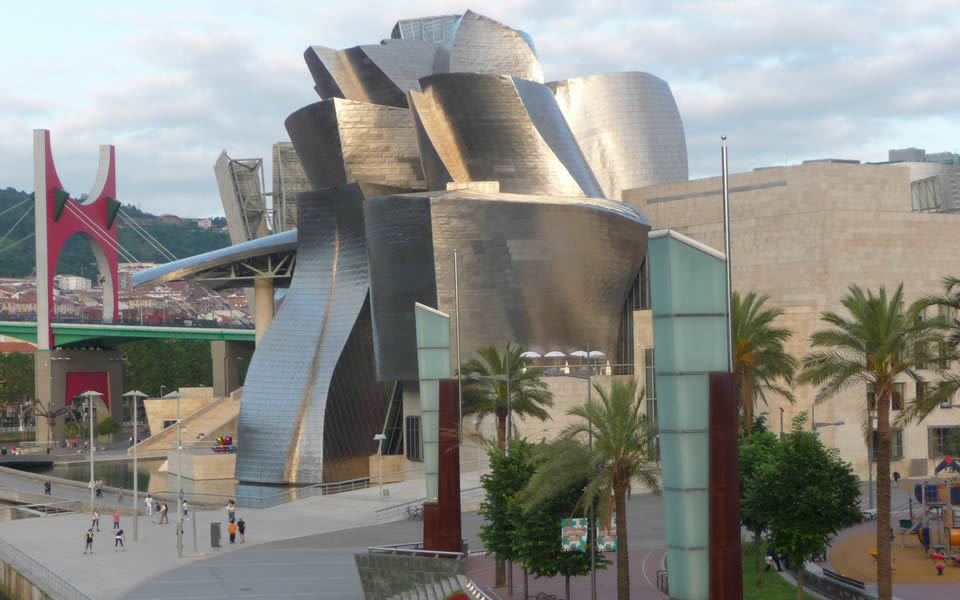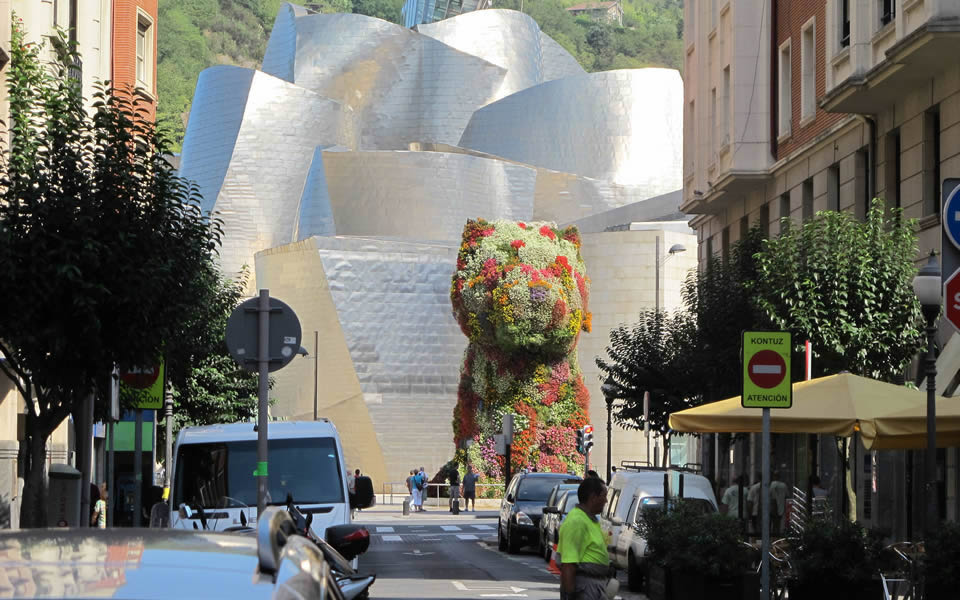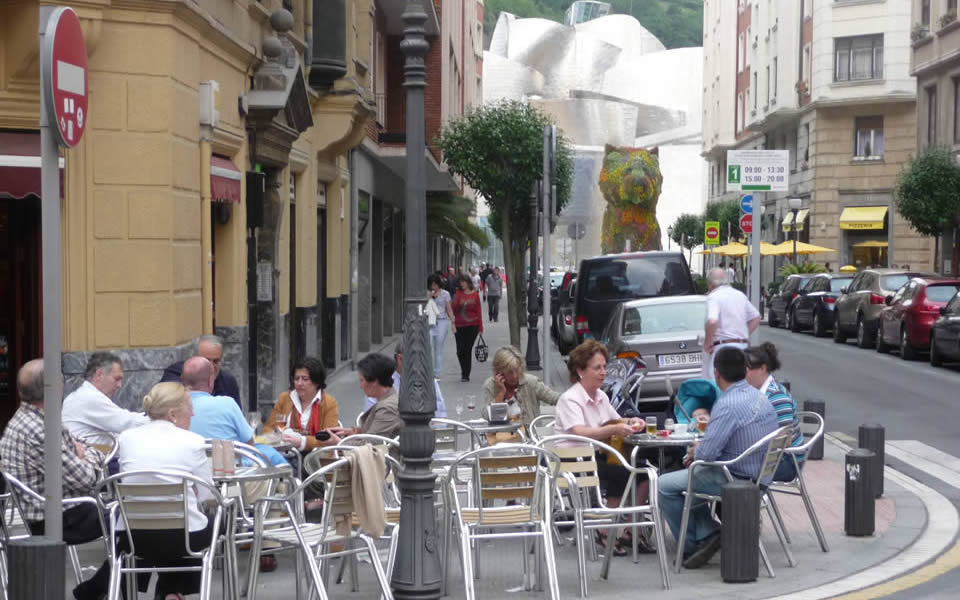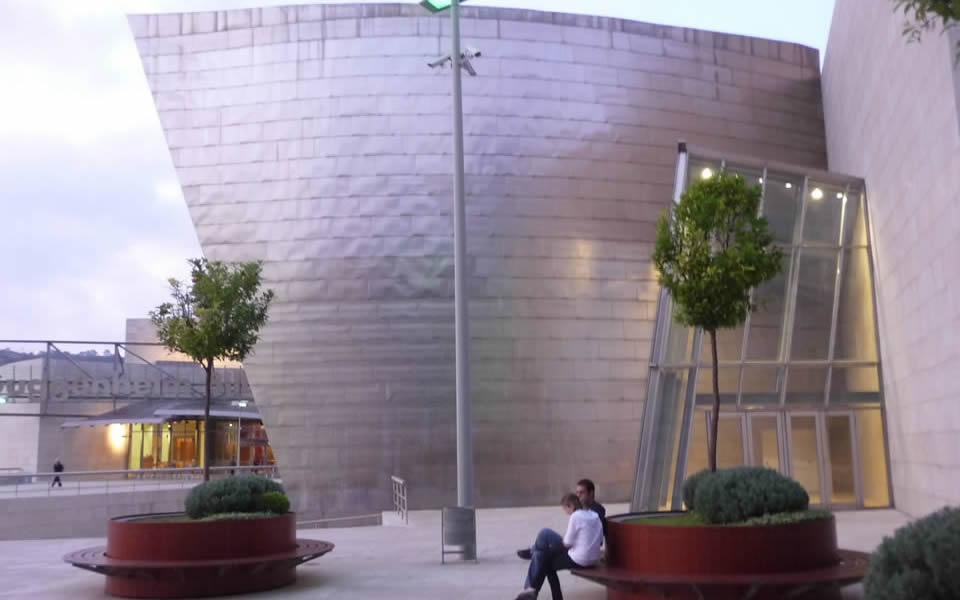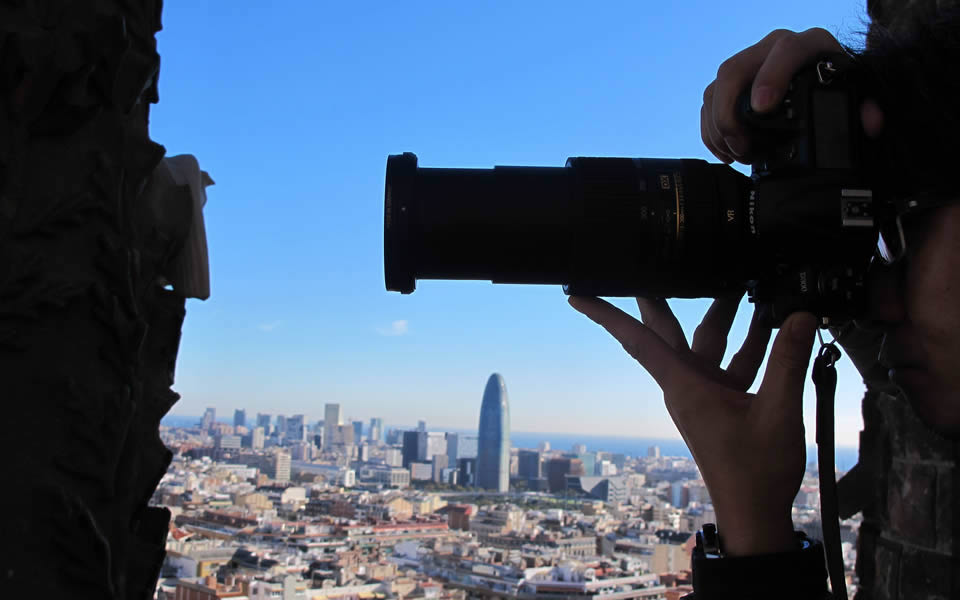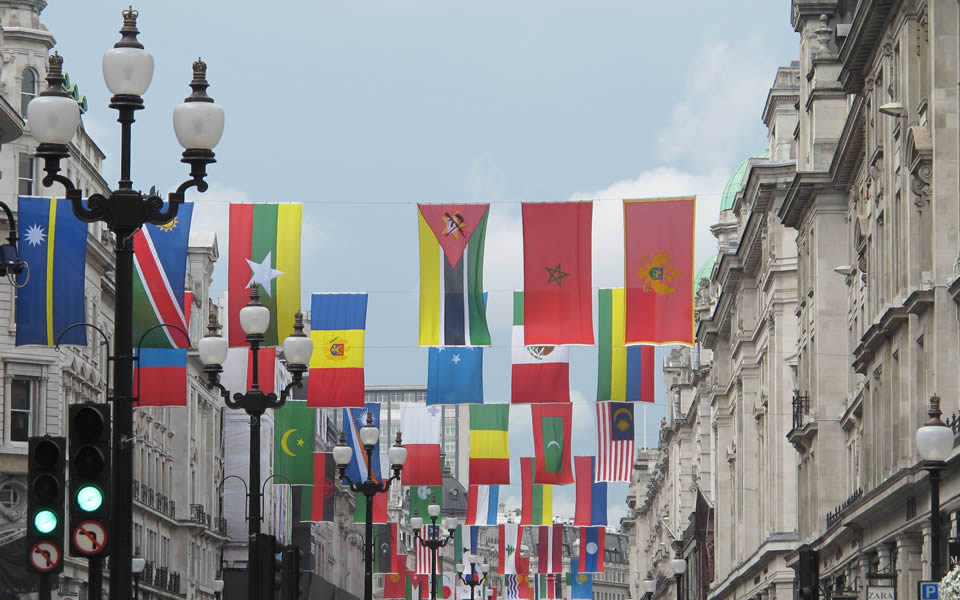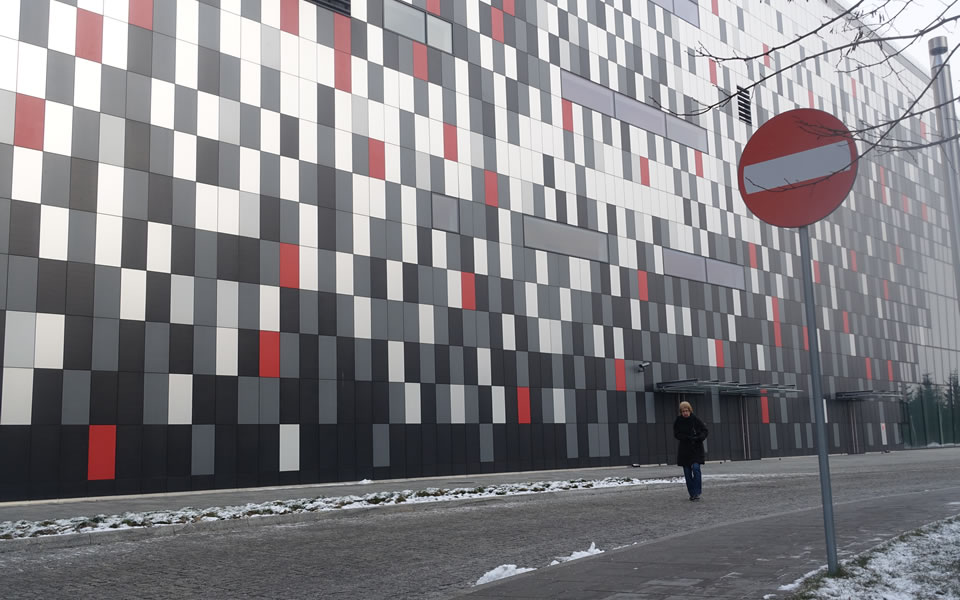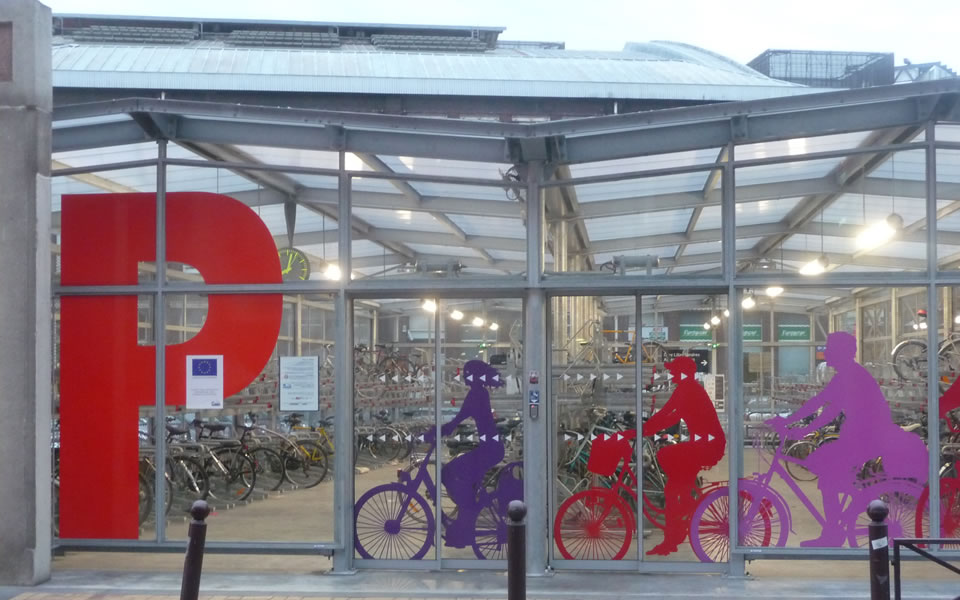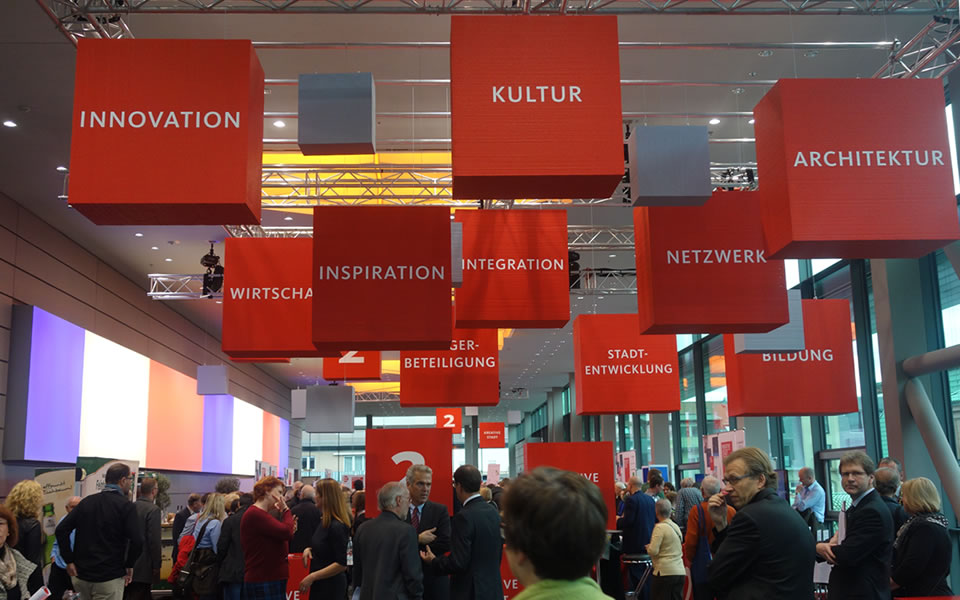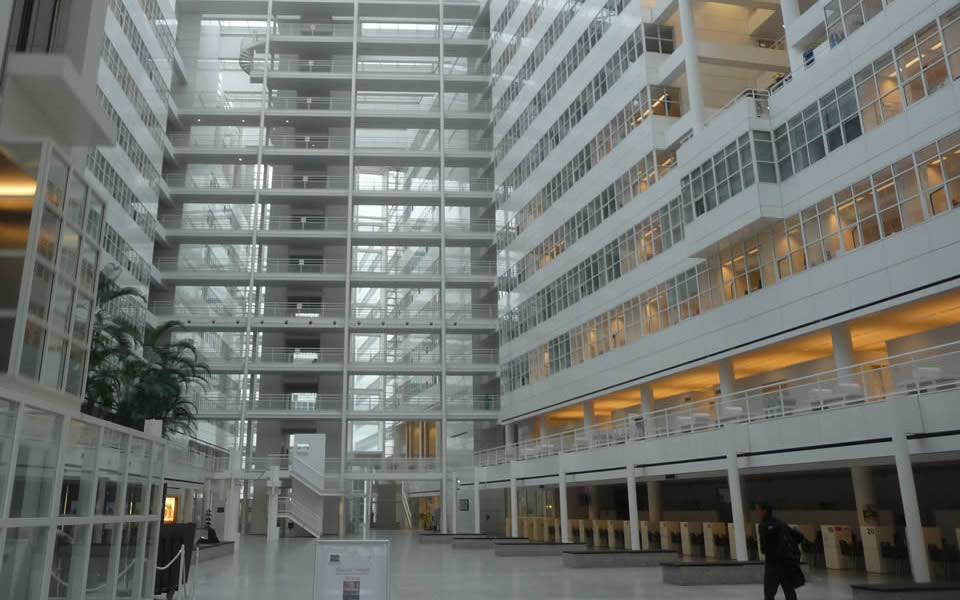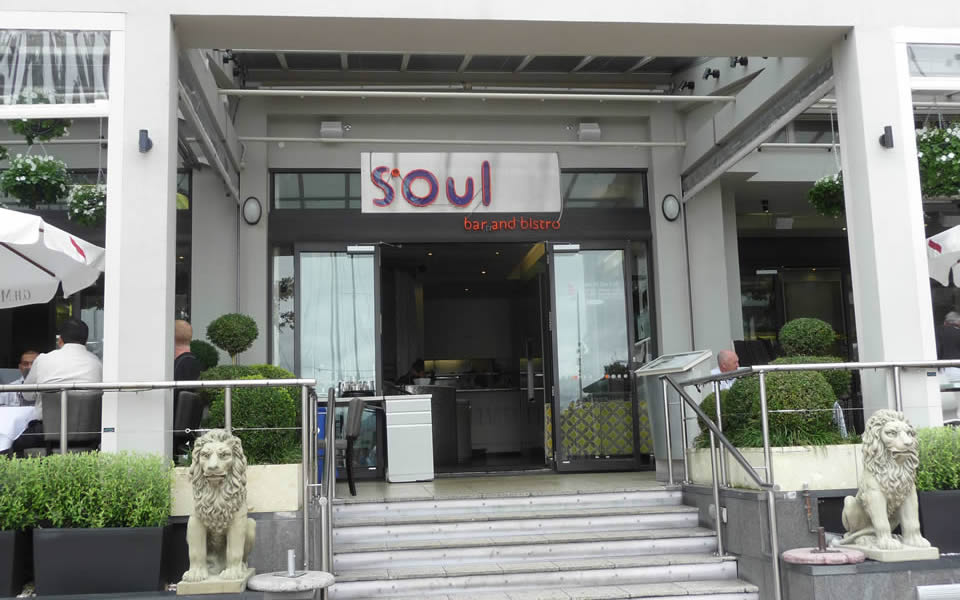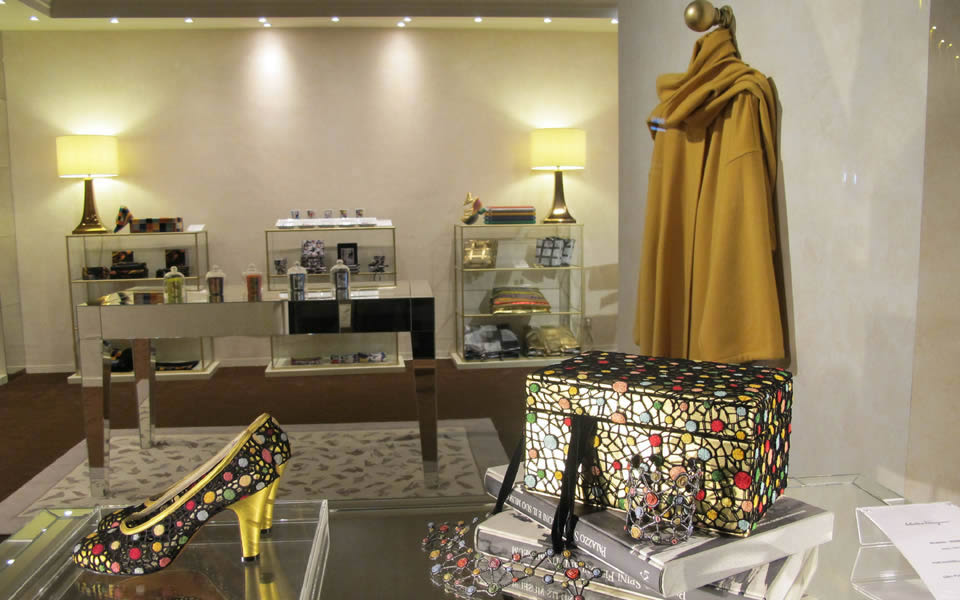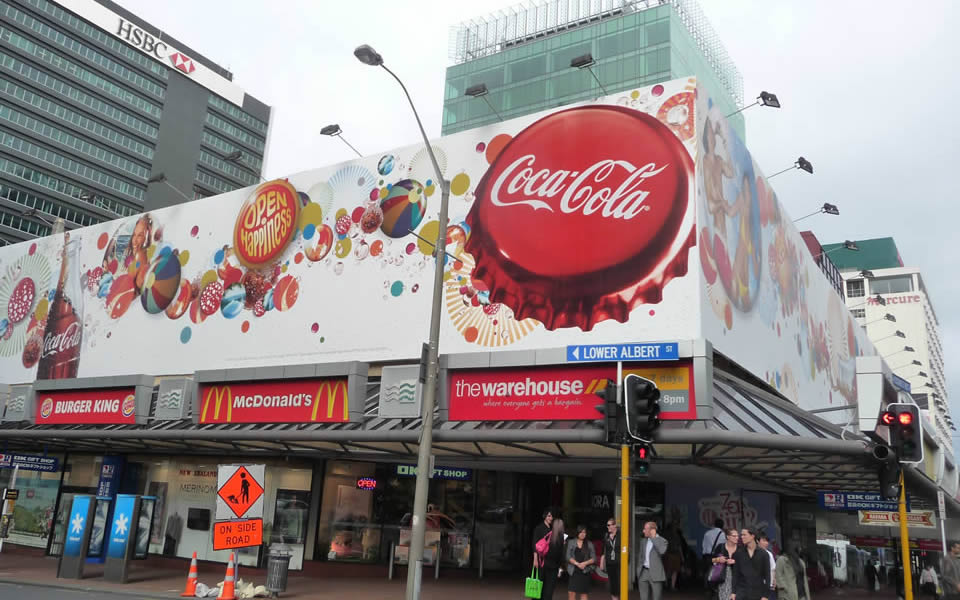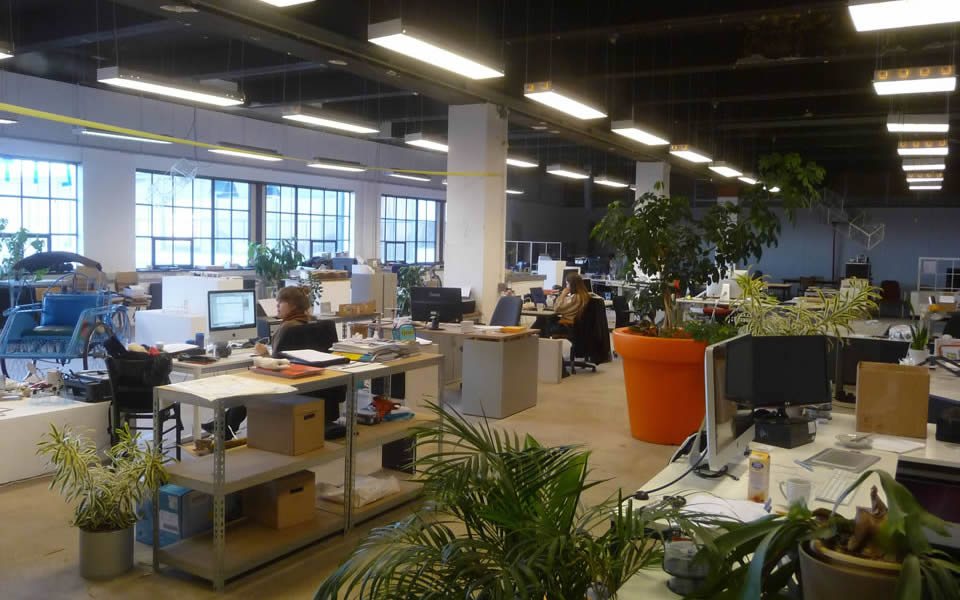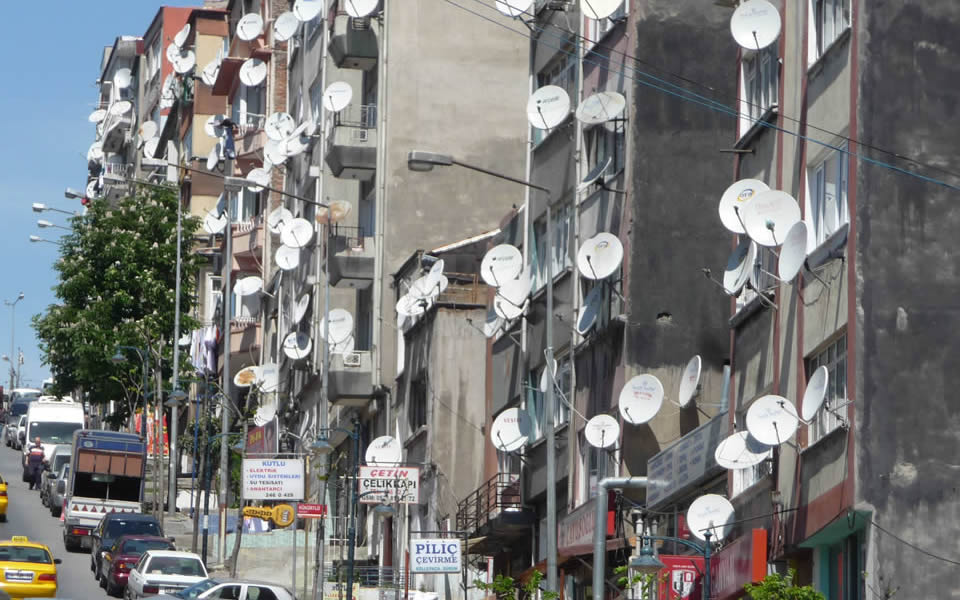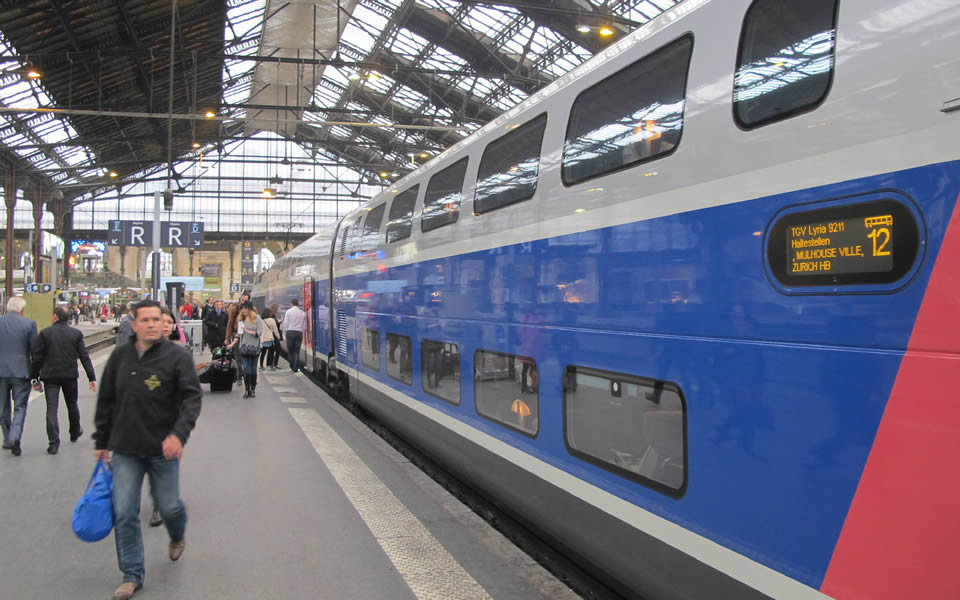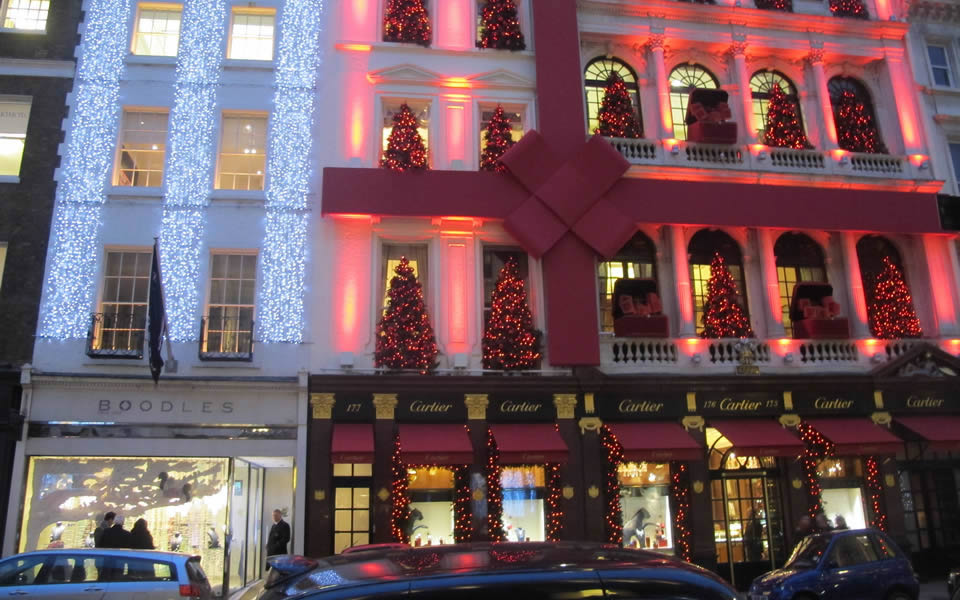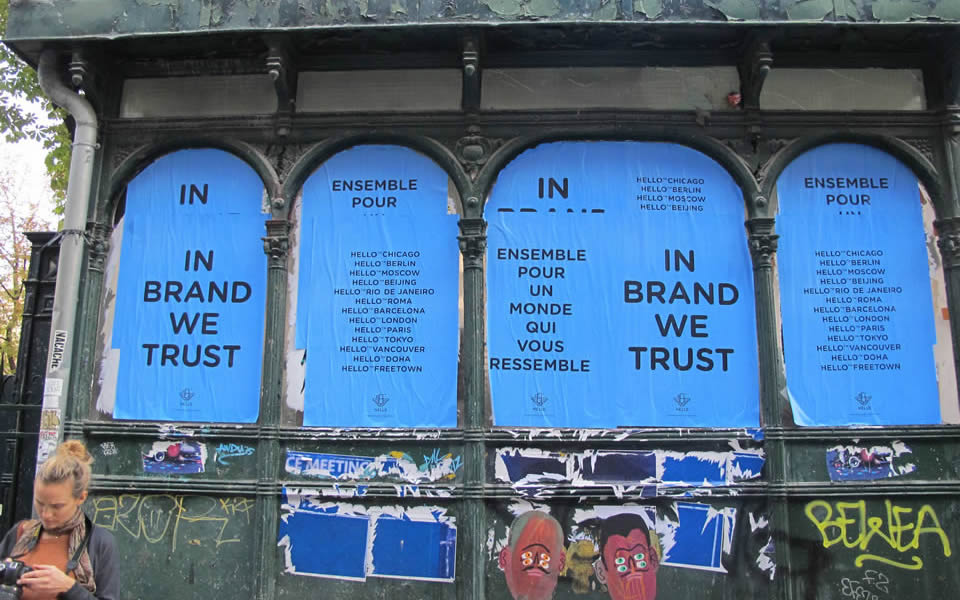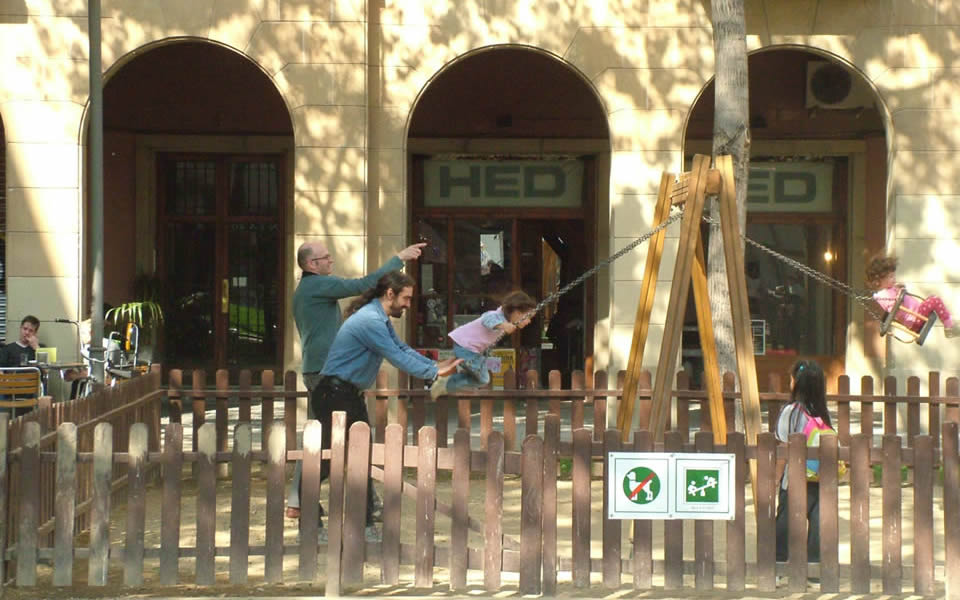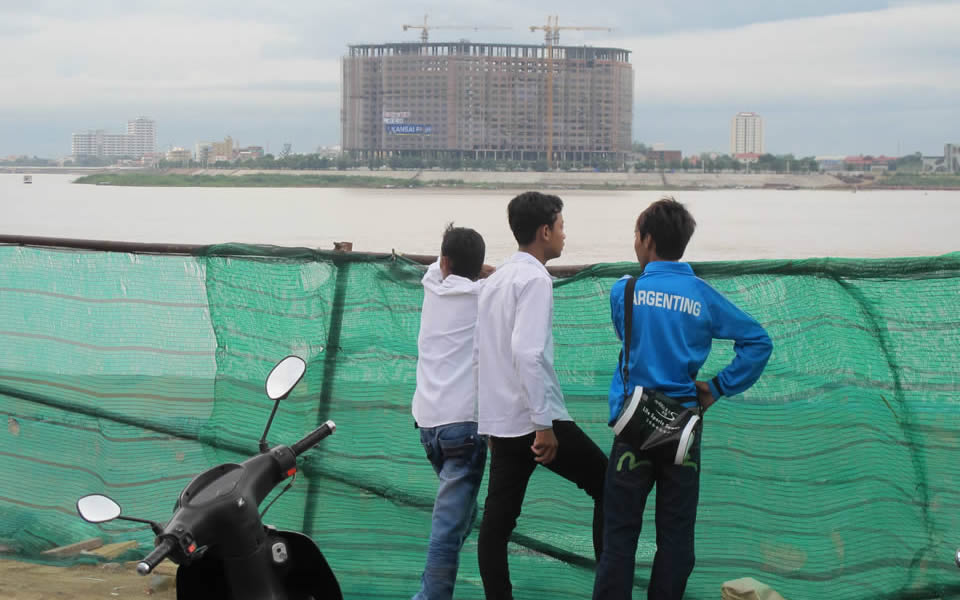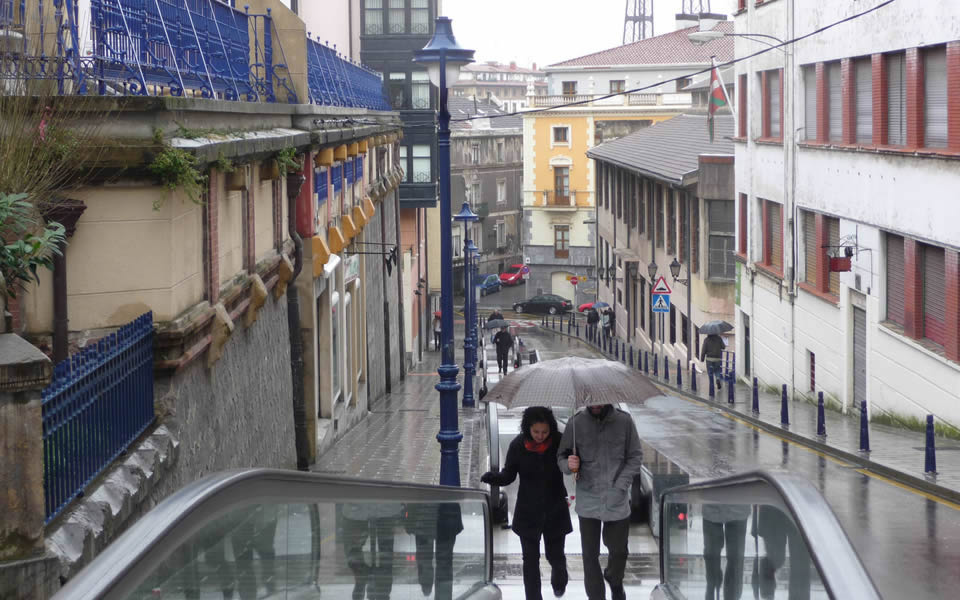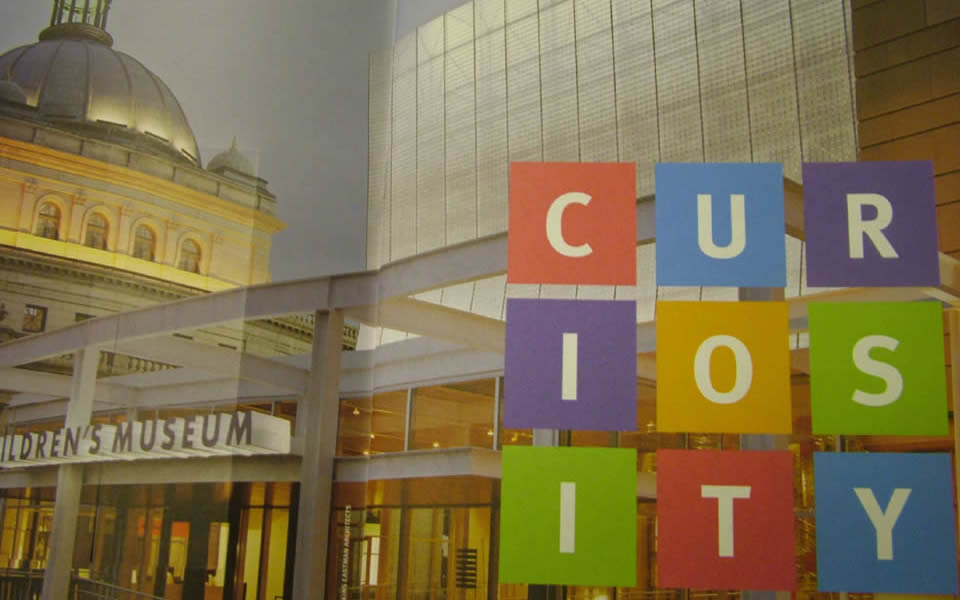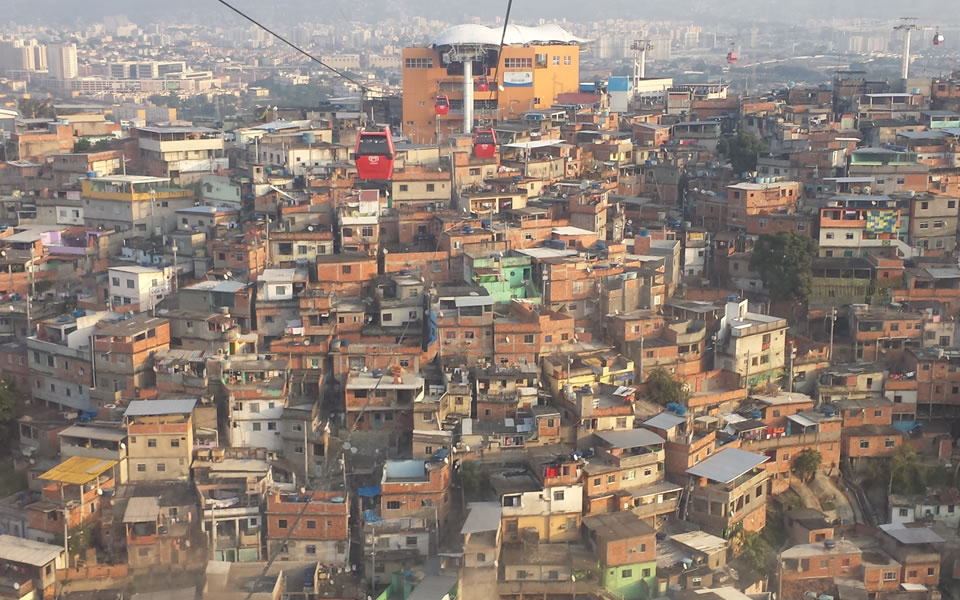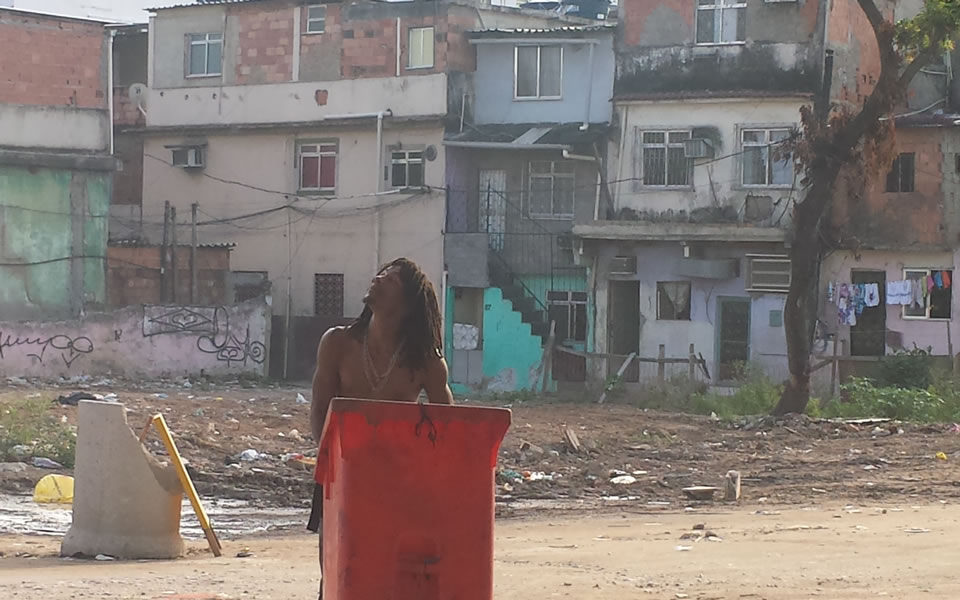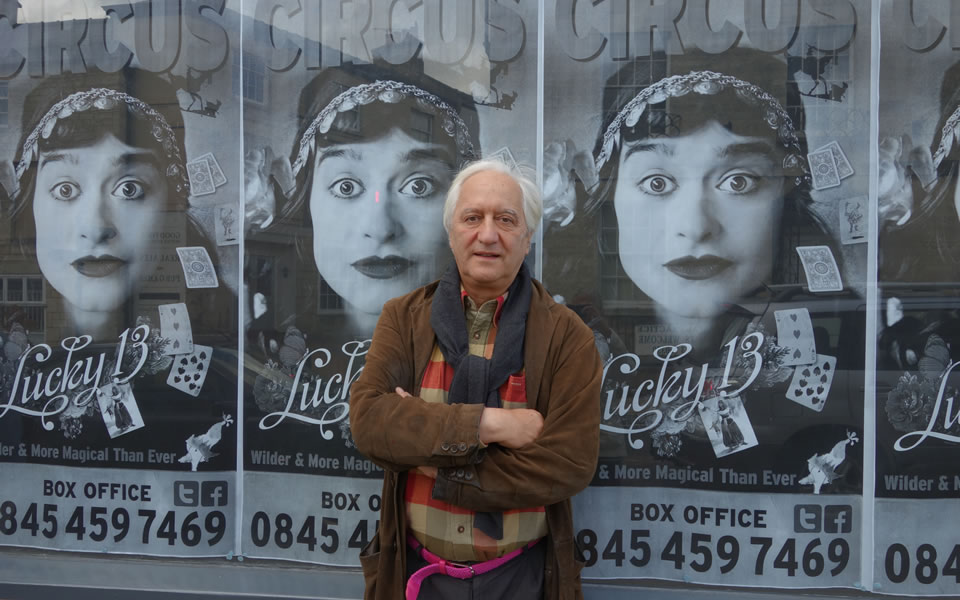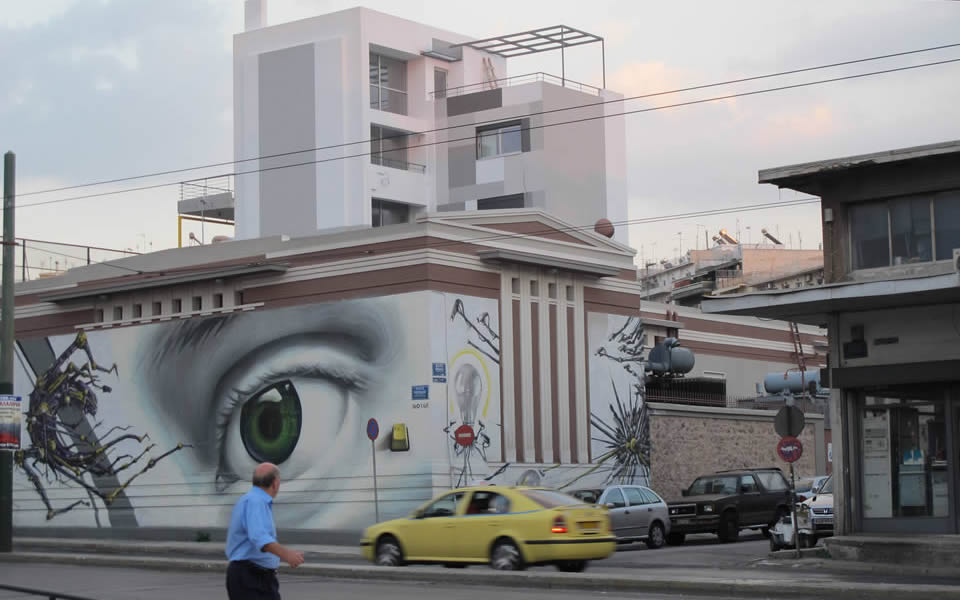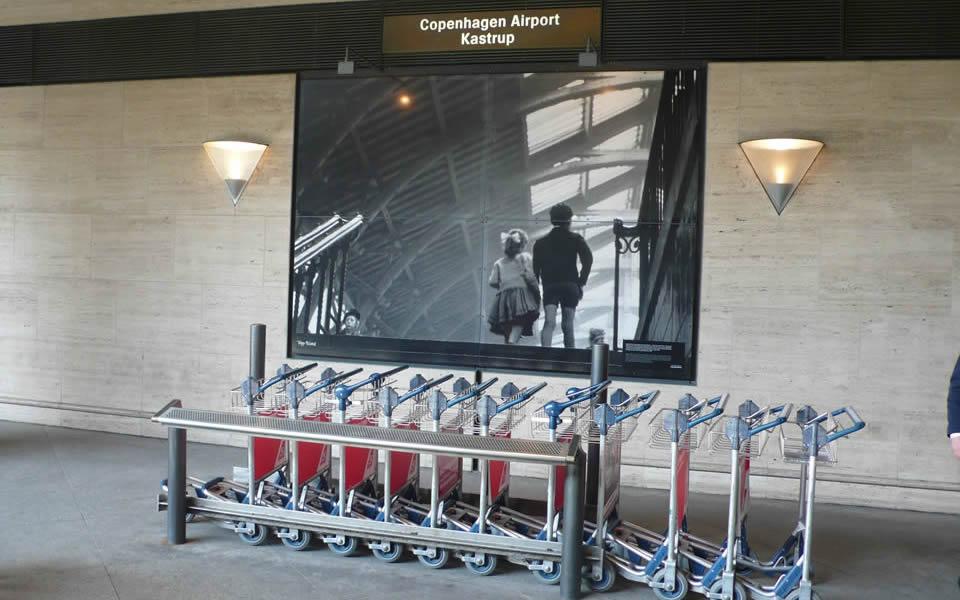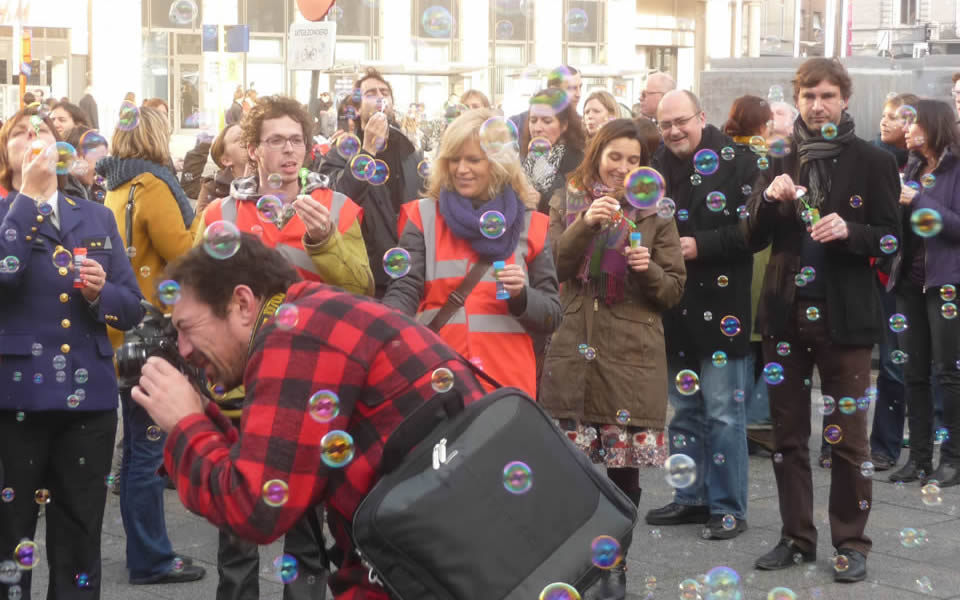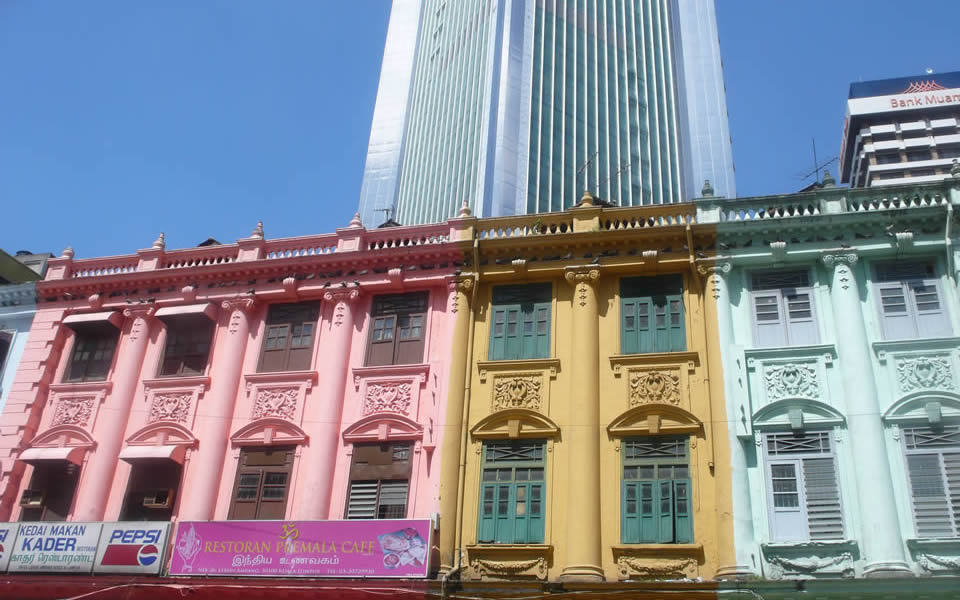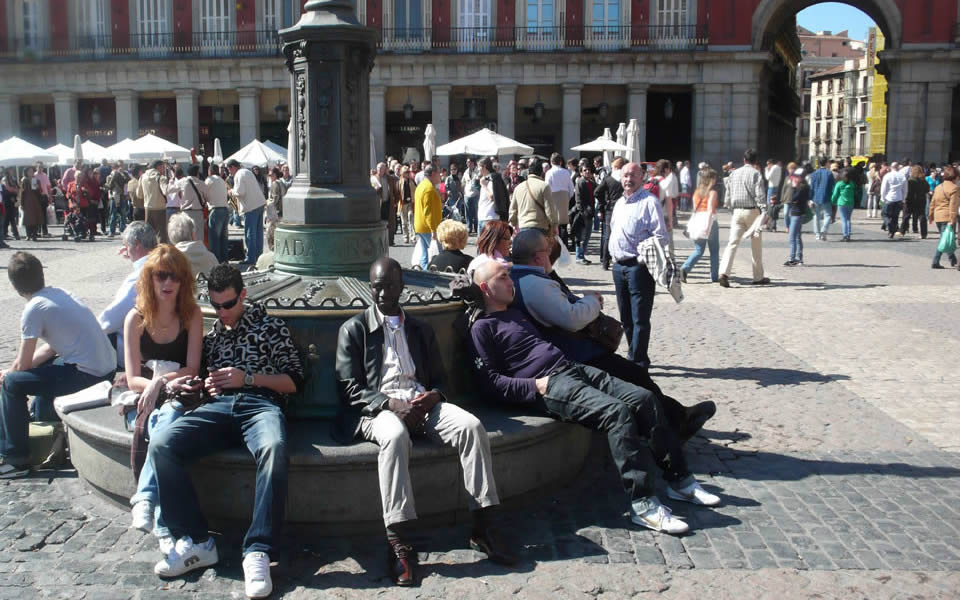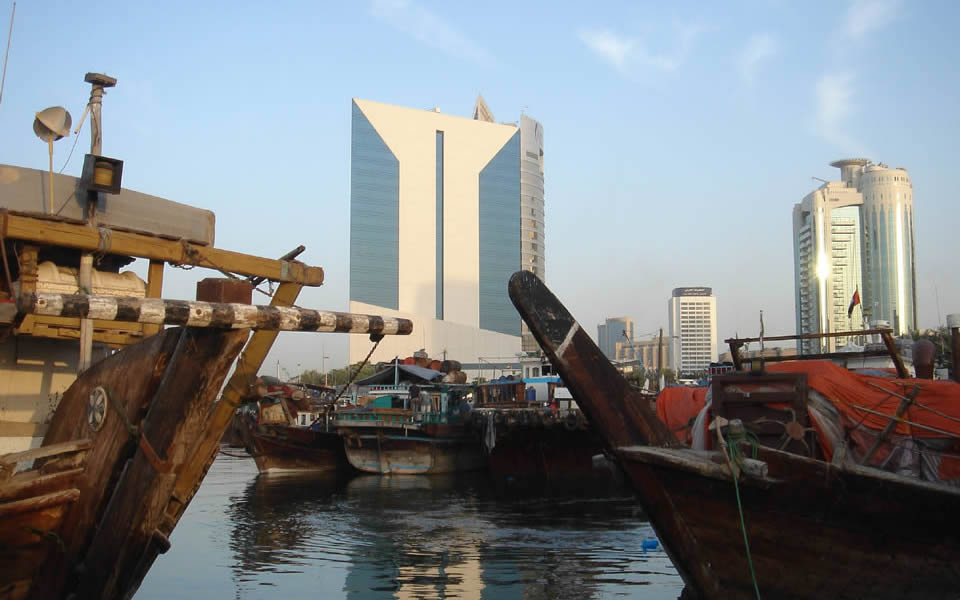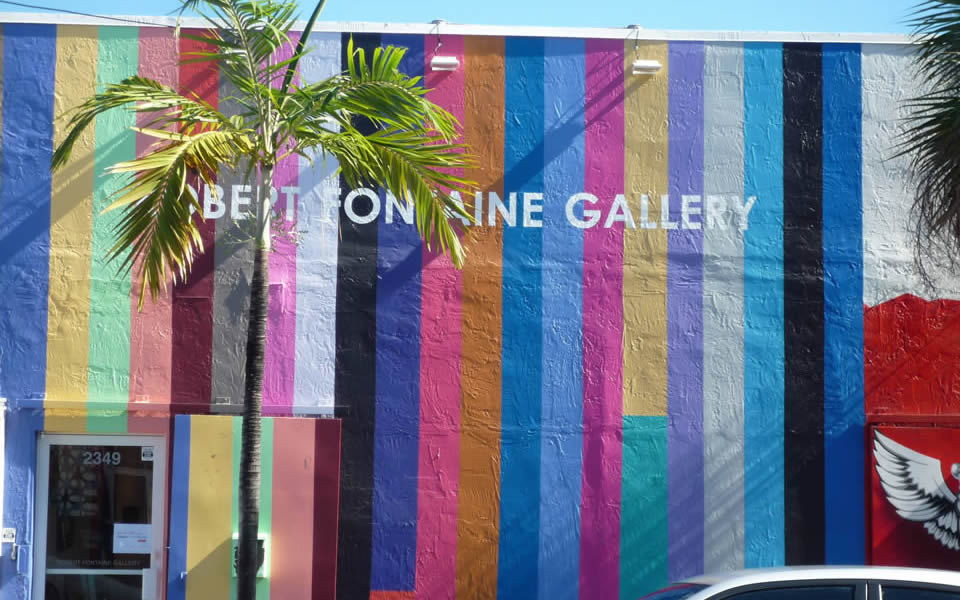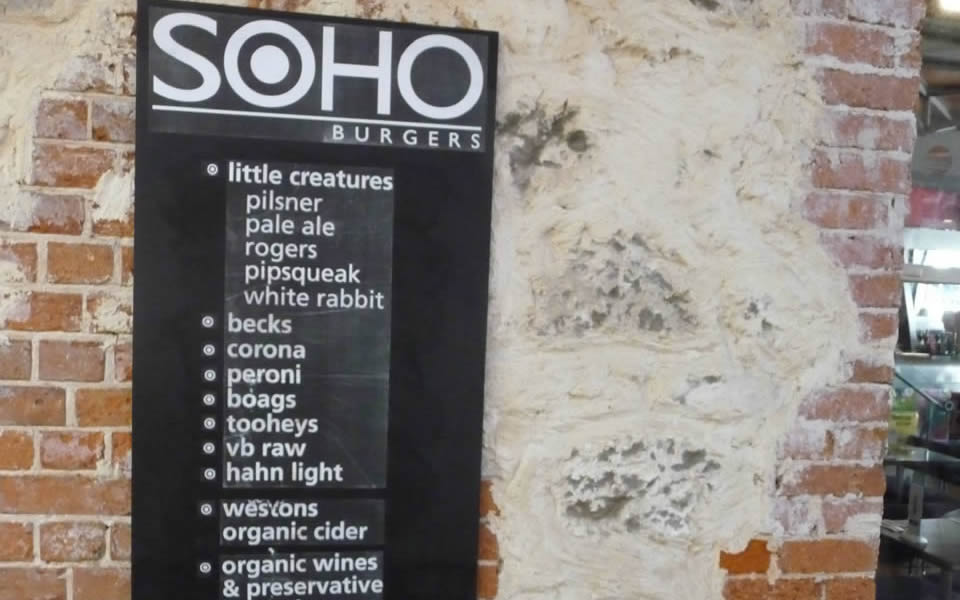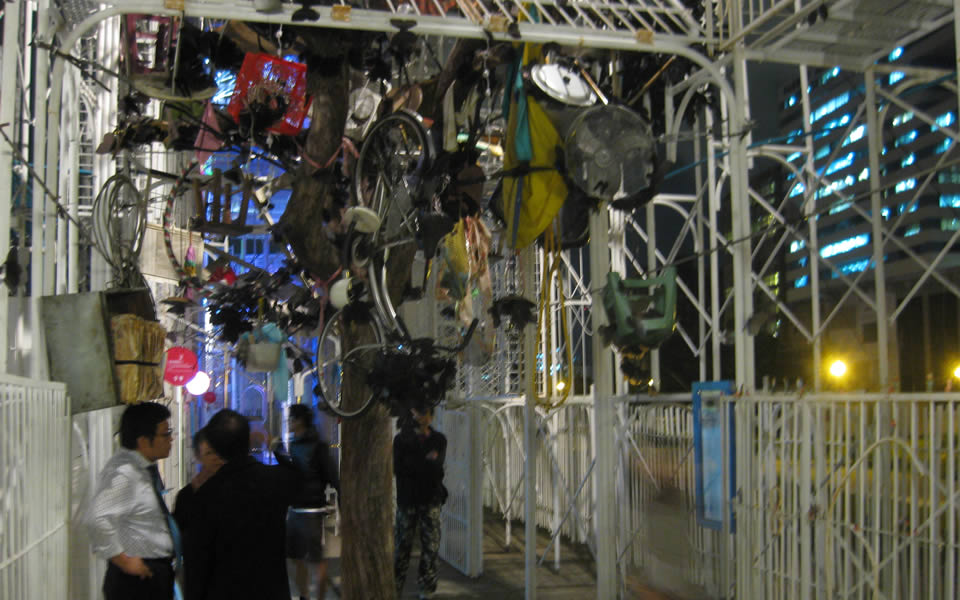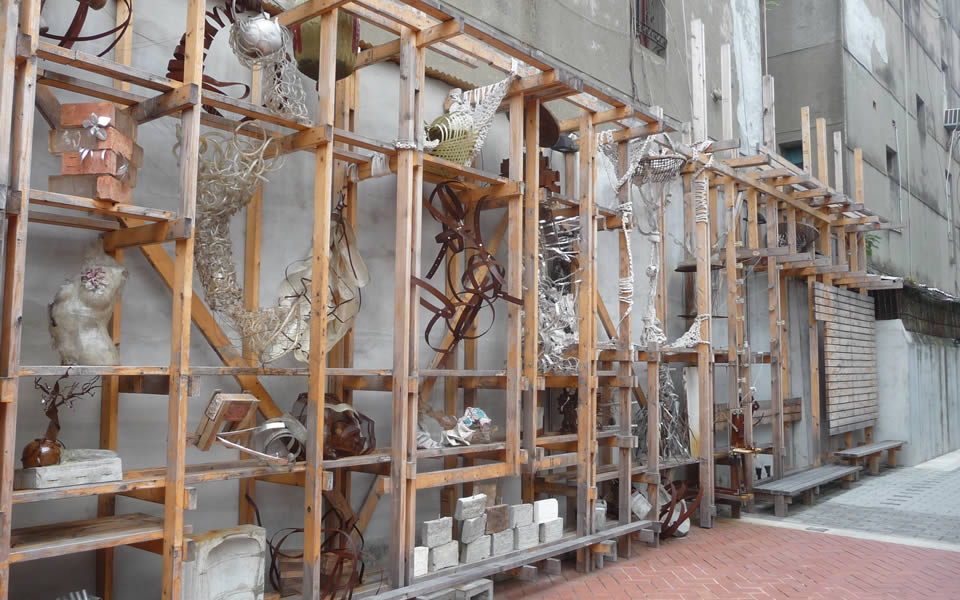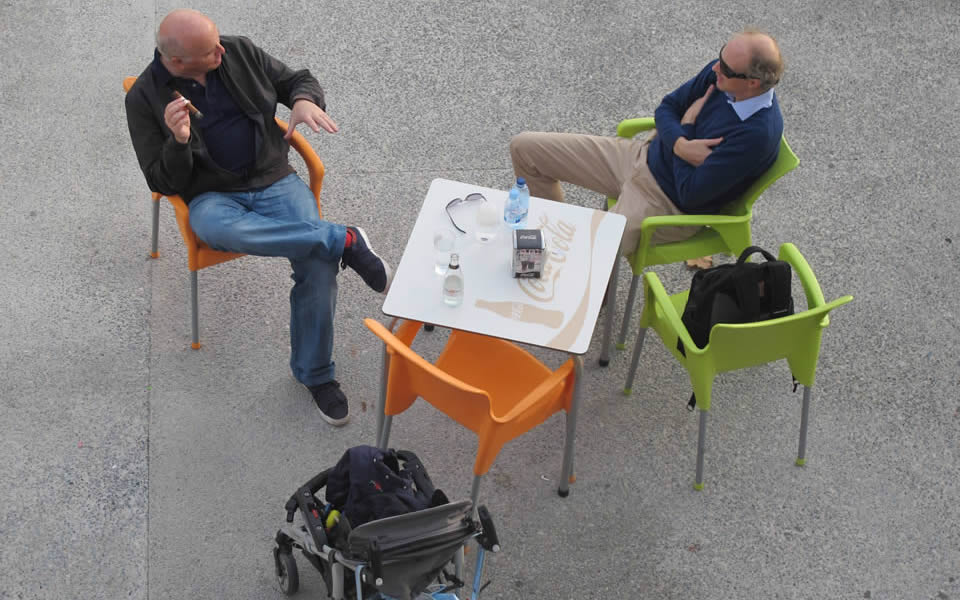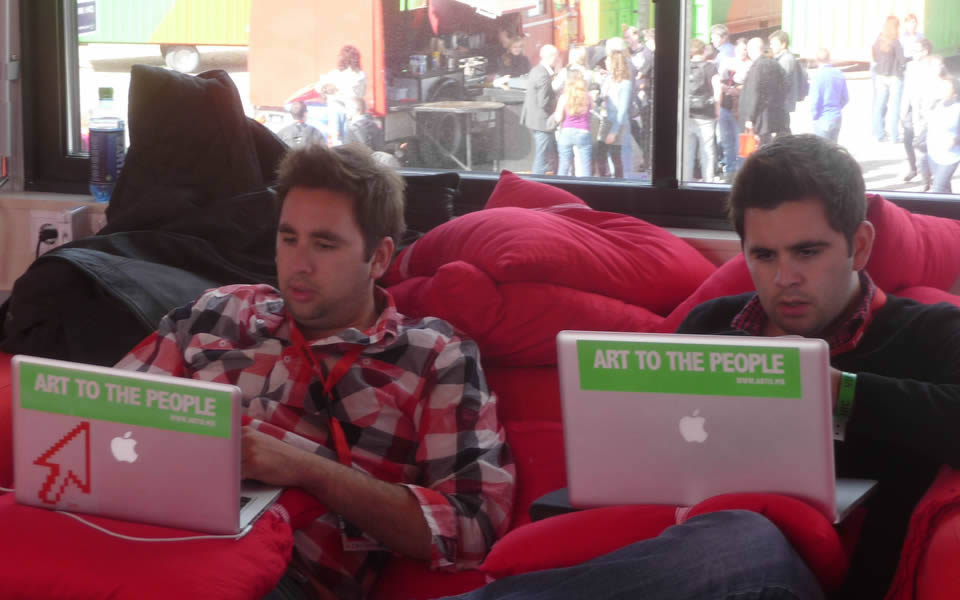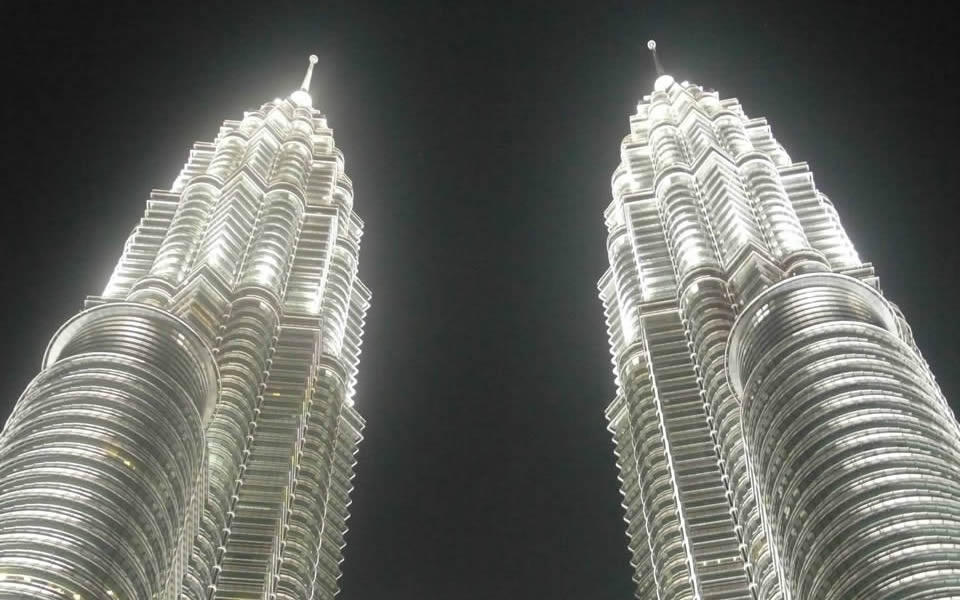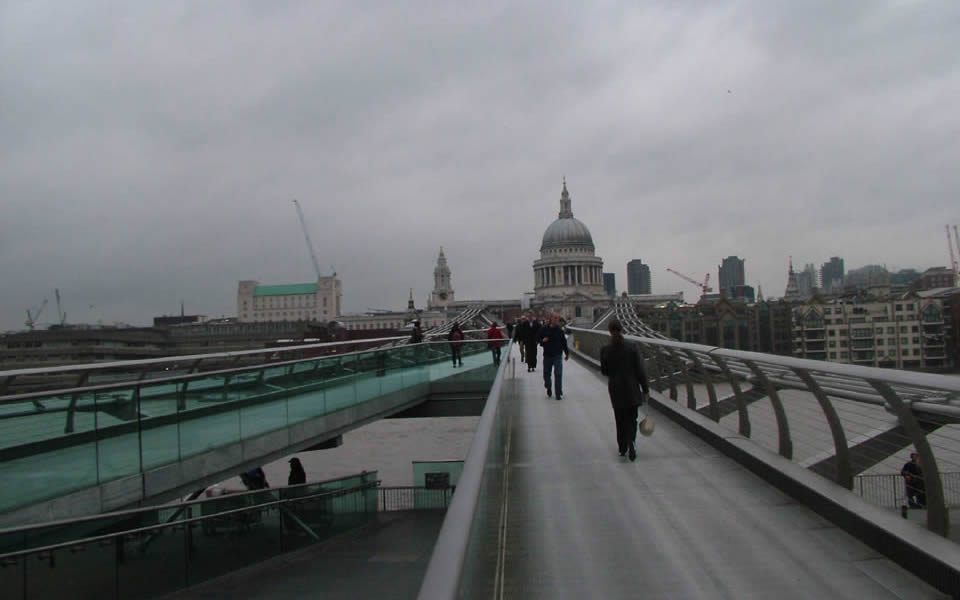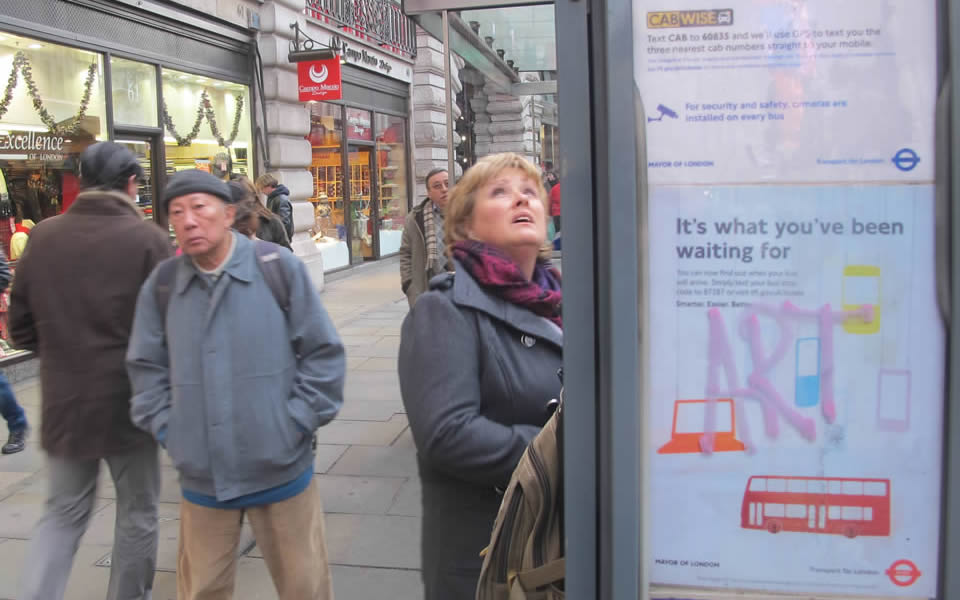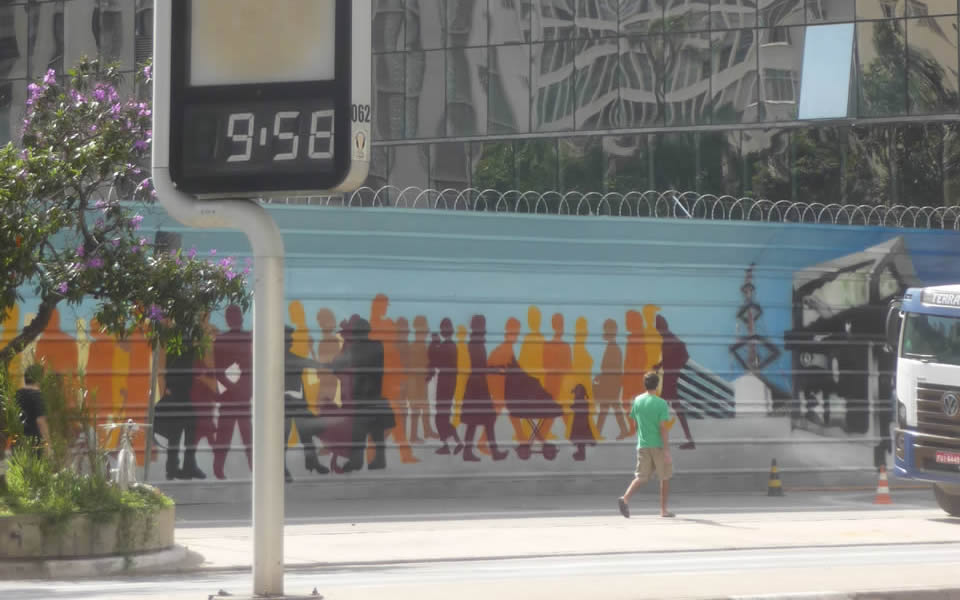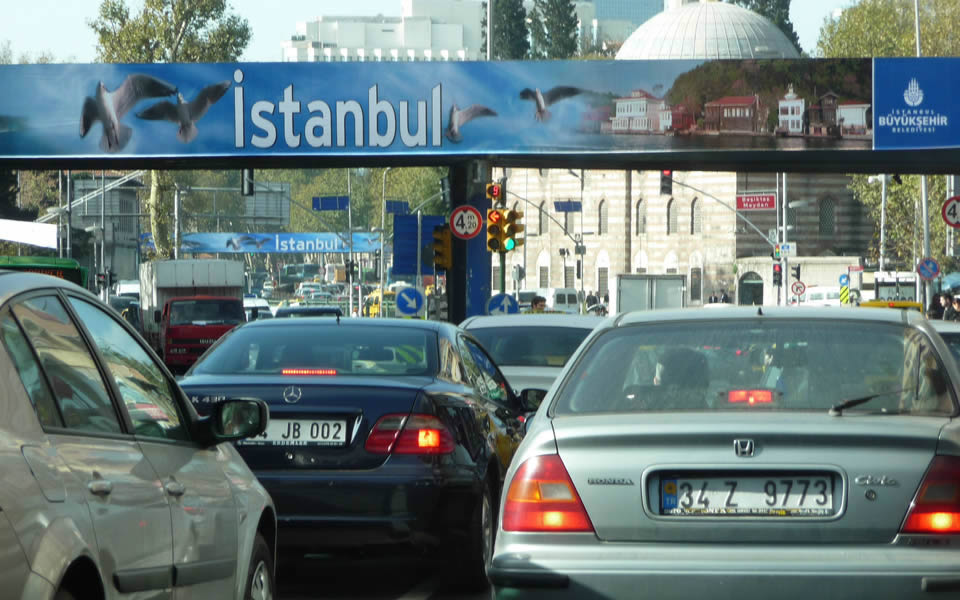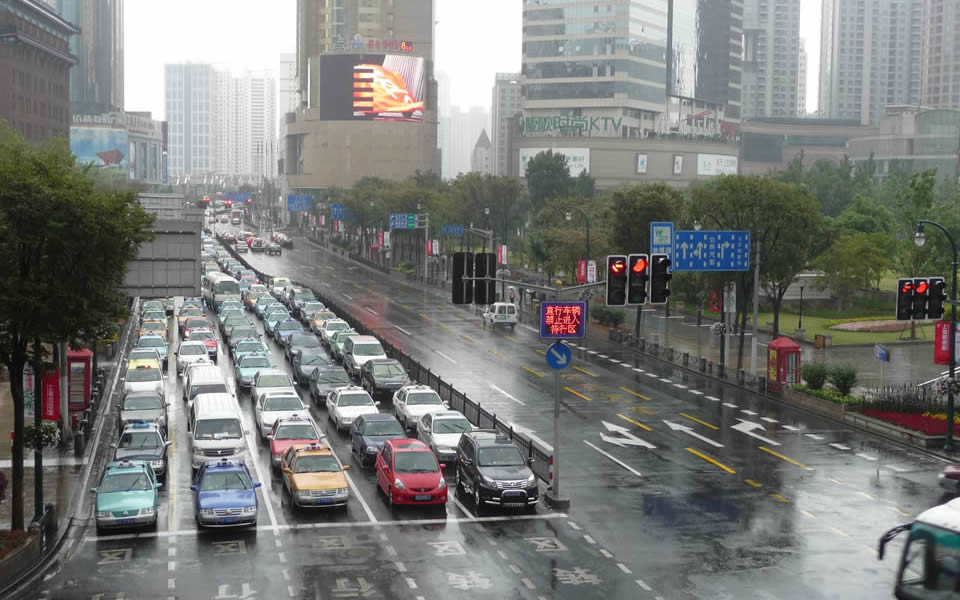The Index is based around ten cross-cutting domains - headings or groups of indicators for creativity. These are distillations of urban dynamics devised from deep experience in evaluating the success and failure of cities. In assessing these each participant looks at their city as a whole. Within each of domain there are key traits or questions indicating creativity:
- Political & public framework
- Distinctiveness, diversity, vitality & expression
- Openness, trust, accessibility & participation
- Entrepreneurship, exploration & innovation
- Strategic leadership, agility & vision
- Talent development & the learning landscape
- Communication, connectivity & networking
- The place & place-making
- Liveability & well-being
- Professionalism & effectiveness
We focus on domains given their broadness and depth. They cover large interconnected fields of interest and knowledge. They enable people to more easily see themselves in their city and to see their work as relevant to whatever the subject matter, such as the economic or social. For instance, the public and political framework of a city is as germane to an educationalist as it is to the social worker or the business community. Equally how well the communications work is significant to people and organizations in any field. These domains are not the obvious silo categories but are holistic, drawing together strands that affect all sectors, people, organisations and aspects of city life.
A strong showing is needed in the following qualities: motivation, tenacity, awareness, clarity of communication, broad thinking, inspiration, aspiration, adaptability, dynamism, openness, participation, design awareness, sensory appreciation, professional pride, leadership, and vision. A city – like an individual or an organization - needs many of these traits if it is to be alert, forward focused and alive: these are preconditions of creativity.
Clearly creativity is not the preserve of any single sector. it is important to be wide ranging. The sectors assessed include the education and training system at all levels; commerce, industry and business from large to small; the public administration and public bodies and their facilities; professionals in the design communities; health and social services experts; movement and mobility specialists; the community and voluntary sector: local societies, social action groups; the culture, arts and gastronomy fields as well leisure, sports, the hospitality industry and tourism institutions and the media and communications industries.
The Creative City Index uses as a baseline key facts gathered about each city: its location, its geographical position, its geo-politics, then statistics like its size, levels of employment, activity within different industrial sectors, voting patterns and participation rates, cultural and recreational facilities, amongst many others.
There is then an internal self-evaluation and external assessment using a mix of qualitative and quantitative methods. These combine an insider perspective through the eyes of the citizens and a more objective outsider view by a peer group. Two activities happen in parallel. The evaluation team seeks to experience and understand the city in depth visiting projects, sites and institutions. They explore the city in the day and at night. Simultaneously a wide ranging series of one to one and group interviews with knowledgeable and credible people across a diversity of sectors is undertaken. Here interviewees individually and collectively assess how well their city is doing, scoring each domain on a percentage basis.
Separately self-completion online questionnaires are completed to capture a far wider audience. All samples take into account different interests, backgrounds and social groups. The results resolve to a series of scores based on weighting devices and varied analyses, allowing them to be viewed in a range of ways and compared with other participating cities.
Group meetings bringing diverse people and interests together to discuss a joint agenda from differing experiences is a strong feature of the internal assessment. Here no individual’s knowledge or discipline is more important than another’s when discussing the domains. This often provides a rare cross-disciplinary opportunity to discuss the city from a horizontal perspective. The external evaluators need comparative knowledge about the creativity of cities and global urban dynamics. Comparing internal judgements and group evaluations with external results can be extremely revealing.
Cities wishing to participate can choose from options: an interactive and motivational presentation; a bespoke workshop; the complete Creative City Index assessment itself; or an extended study focusing on the specific requirements of the city wanting to be reviewed.
Cities taking part in the Index use the system as a benchmarking tool. Participants become part of a comparative global dataset, inevitably highlighting and sharing good practice. 20 cities so far have been involved, including: Bilbao, Helsinki, Adelaide, Mannheim, Ghent, Canberra, Taipei, San Sebastian, Oulu, Cardiff, Freiburg, Seville and even Kirovograd in the Ukraine The experience of being involved in the Index has been stimulating for participants and has engaged several thousand people. It engages people across sectors to talk about their city in a novel way providing a rare opportunity to be released from professional constraints and thinking to discuss issues of common interest.
Click Here to see how the cities compare.
A number of lessons have emerged so far. The process can have significant impact because it forces a strategic conversation across disciplines, it questions received discipline-based wisdom bringing up issues that would not emerge if examined in a siloed way: it encourages collaboration and is empowering. It fosters a mutual learning process and it reframes debates about the future of the city. Its value far outweighs its scoring and benchmarking system, even though that too offers widespread benefits. What is crucial is the discussion that went into arriving at a score. This surprises people as can move the city agenda rapidly forwards. Taking part in the Index exercise is itself a creative process which can help create innovations downstream.
The diversity of views on similar topics can be astonishing despite the fact that people are looking at the same reality. The young and old often look at the political framework in a city or its capacity to communicate in starkly different ways. The results have varied by over a 100%. The same is true in assessing distinctiveness or strategic agility and the capacity to implement.
The major issue arising again and again is the predominance of silo thinking and lack of collaboration within and between sectors. Despite years of stressing the need for joined up thinking cities are a long way from working though issues or potential together. Many work in multi-disciplinary ways where each profession or area of expertise provides their input, but rarely in trans or inter-disciplinary ways.
